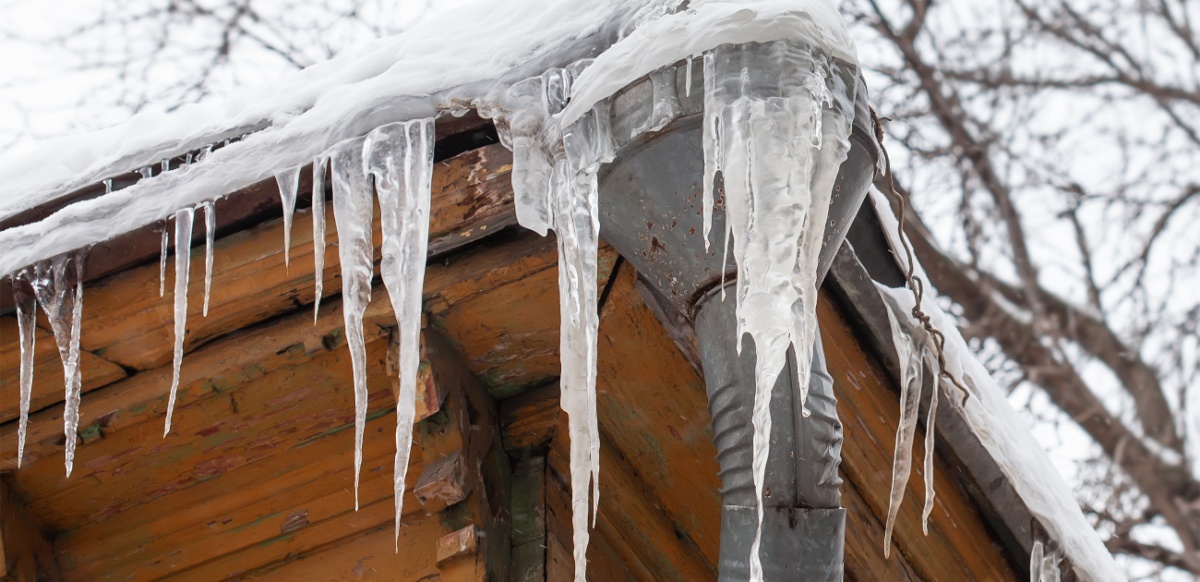Ways to Prevent Frozen Pipes in Winter: Pro Advice
Ways to Prevent Frozen Pipes in Winter: Pro Advice
Blog Article
The article down the page on the subject of How to Prevent Your Pipes From Freezing is fairly engaging. You should give it a look.

Cold weather can damage your plumbing, specifically by freezing pipelines. Below's just how to stop it from happening and what to do if it does.
Introduction
As temperature levels decline, the threat of icy pipelines boosts, potentially resulting in costly repairs and water damages. Recognizing exactly how to prevent frozen pipelines is important for property owners in cold climates.
Avoidance Tips
Insulating at risk pipes
Wrap pipelines in insulation sleeves or utilize warmth tape to safeguard them from freezing temperature levels. Concentrate on pipes in unheated or exterior areas of the home.
Home heating strategies
Maintain interior spaces effectively heated up, specifically areas with plumbing. Open cabinet doors to permit cozy air to flow around pipes under sinks.
Exactly how to identify frozen pipelines
Look for decreased water flow from taps, unusual smells or noises from pipes, and noticeable frost on exposed pipes.
Long-Term Solutions
Architectural adjustments
Consider rerouting pipes far from outside wall surfaces or unheated locations. Add added insulation to attics, cellars, and crawl spaces.
Upgrading insulation
Buy top notch insulation for pipelines, attics, and wall surfaces. Proper insulation assists keep constant temperature levels and decreases the danger of icy pipelines.
Protecting Outside Pipes
Yard hose pipes and outside taps
Separate and drain pipes garden hose pipes prior to winter months. Mount frost-proof spigots or cover outside taps with shielded caps.
Comprehending Frozen Pipelines
What causes pipelines to ice up?
Pipelines freeze when subjected to temperatures listed below 32 ° F (0 ° C) for prolonged durations. As water inside the pipes ices up, it increases, putting pressure on the pipeline walls and possibly causing them to rupture.
Threats and problems
Frozen pipes can bring about supply of water disturbances, residential property damages, and costly fixings. Ruptured pipelines can flooding homes and create extensive structural damages.
Signs of Frozen Pipes
Identifying icy pipes early can prevent them from bursting.
What to Do If Your Pipes Freeze
Immediate activities to take
If you presume frozen pipes, maintain taps available to ease pressure as the ice thaws. Use a hairdryer or towels taken in warm water to thaw pipes gradually.
Final thought
Preventing icy pipes calls for positive procedures and quick feedbacks. By comprehending the causes, indications, and preventive measures, house owners can safeguard their pipes throughout winter.
5 Ways to Prevent Frozen Pipes
Drain Outdoor Faucets and Disconnect Hoses
First, close the shut-off valve that controls the flow of water in the pipe to your outdoor faucet. Then, head outside to disconnect and drain your hose and open the outdoor faucet to allow the water to completely drain out of the line. Turn off the faucet when done. Finally, head back to the shut-off valve and drain the remaining water inside the pipe into a bucket or container. Additionally, if you have a home irrigation system, you should consider hiring an expert to clear the system of water each year.
Insulate Pipes
One of the best and most cost-effective methods for preventing frozen water pipes is to wrap your pipes with insulation. This is especially important for areas in your home that aren’t exposed to heat, such as an attic. We suggest using foam sleeves, which can typically be found at your local hardware store.
Keep Heat Running at 65
Your pipes are located inside your walls, and the temperature there is much colder than the rest of the house. To prevent your pipes from freezing, The Insurance Information Institute suggests that you keep your home heated to at least 65 degrees, even when traveling. You may want to invest in smart devices that can keep an eye on the temperature in your home while you’re away.
Leave Water Dripping
Moving water — even a small trickle — can prevent ice from forming inside your pipes. When freezing temps are imminent, start a drip of water from all faucets that serve exposed pipes. Leaving a few faucets running will also help relieve pressure inside the pipes and help prevent a rupture if the water inside freezes.
Open Cupboard Doors
Warm your kitchen and bathroom pipes by opening cupboards and vanities. You should also leave your interior doors ajar to help warm air circulate evenly throughout your home.

We are very focused on Helpful Tips to Prevent Frozen Pipes this Winter and I am hoping you enjoyed reading my blog post. Do you know about somebody who is fascinated by the subject? Please feel free to promote it. I praise you for your time. Revisit us soon.
Phone Report this page